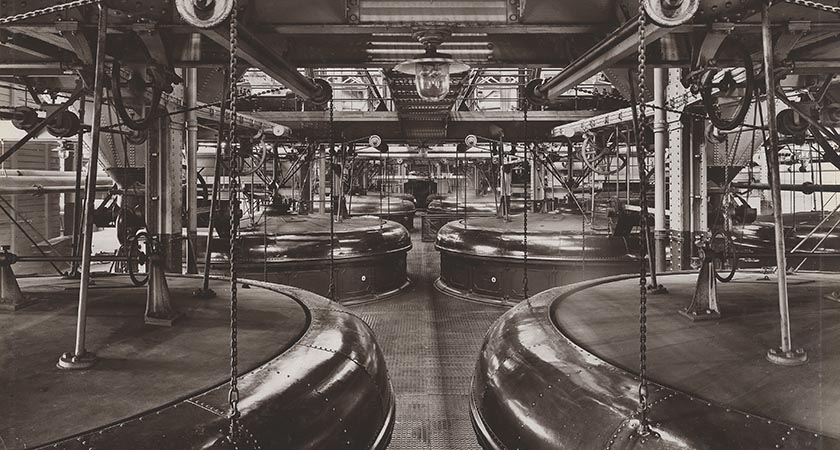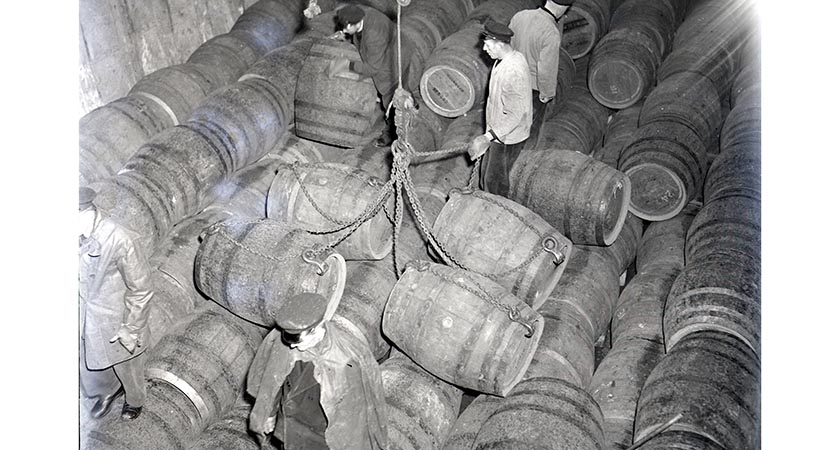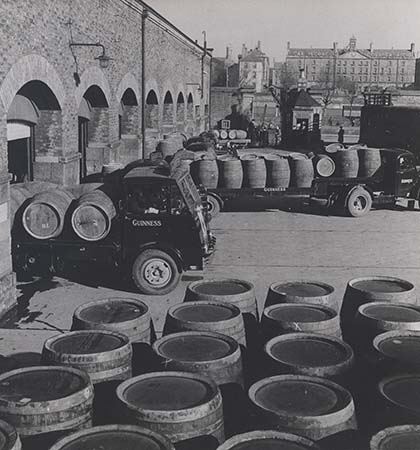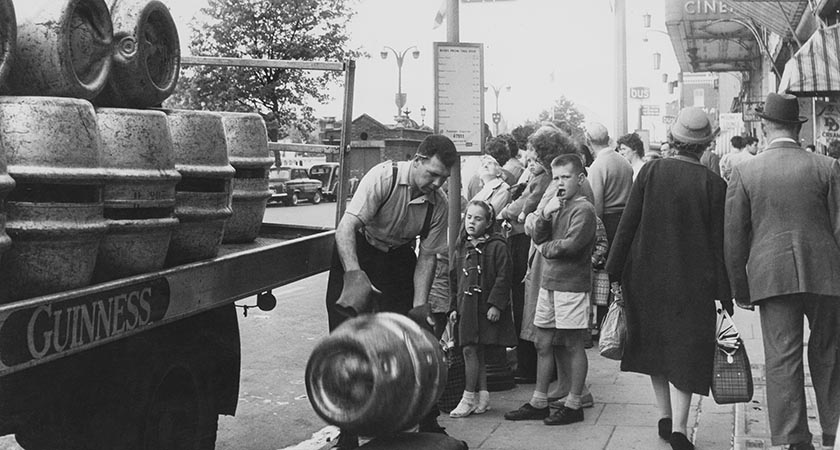1. The history
The Guinness story is 250 years old. Following the purchase of the lease in 1759 by Arthur Guinness, growth of the St James's Gate brewery during the 1800s outstripped all other brewers in Ireland. By the twentieth century, St James’s Gate was the largest brewery in the world.
2. The ingredients
Inside a pint of the black stuff is a special combination of ingredients that give it that distinctive taste. It may come as a surprise to some that there are just four ingredients in Guinness – malted barley, hops, water and the brewer’s yeast.
3. Taste of success
The Guinness family generated immense wealth from the business and they knew how to spend it. They bought palatial dwellings and took to cruising and sailing as a pastime. The family had a philanthropic side too, and Dublin's Iveagh Trust is their best-known charity work.
4. Emancipation
In 1813, with agitation for Catholic Emancipation and the call to repeal the harsh Panel Laws led by Daniel O'Connell, some members of the licensed trade were attacked for selling Guinness. The Guinness family strongly refuted any allegations that they were opposed to the emancipation of the Irish, calling the claims "false and slanderous".
5. Exporting
The Guinness export business built up from the late 1940s, carried by traders down the west coast of Africa to the Caribbean. In 1961, demand in Nigeria reached 286,000 barrels. In 2007, Nigeria overtook Ireland as the world’s no.2 Guinness market behind Great Britain. Today Guinness is sold in over 40 African countries.
6. What does a widget do?
The distinctive creamy head of draught Guinness was replicated in can and bottle by the invention of a widget – which releases nitrogen when pressure is released to form bubbles in the liquid, knocking more dissolved nitrogen out of the solution to form the all important creamy head.
7. A city within a city
The Guinness brewery was like "a city within a city" and at its peak in 1960 had nearly 5,000 permanent workers, plus several hundred contractors.
8. Segregated lunchtimes
Working at the Guinness factory in the 1960s meant strict protocol at lunchtime. Tables were divided by gender – it was thought that lewd conversation at the men’s tables could offend. It also seems that different 'grades' of staff did not mix. A bottle of ale, stout or lager was placed at each person’s seat, as per their particular taste, with a soft drink offered to the non-drinkers.
9. Serious about spillage
Spillage was a serious matter. All pipelines were accessed through locked valves and stopcocks. On one occasion, a clever clerk sought to cover his spillage tracks by taking a little Guinness from each of the other each vats. Unfortunately, he was caught and fired.
10. The Taste Test
The age-old method of quality testing Guinness is a simple one – it comes down to the taste buds. If it does not taste good, it will not be sent out from the factory. Even now, more than 250 years after it first began production, Guinness uses the taste test as the final say on every batch.
11. Horses for courses
There were Guinness company horses until 1936, when a sub-contractor started supplying horse-drawn carriages. It wasn't until the early 20th century the brewer adopted motor transport.
12. Easter Rising
While the Irish rebels in 1916 fought hard for Ireland’s independence, the Guinness company supported the British side in suppressing the republican movement.
13. Advertising genius
Guinness have long being known for their creative advertising, but Joe McKinny's famous dance routine to kill time while waiting for his pint to settle became a cult hit (watch the video below).
The iconic Guinness illustrations of the toucan, gnu, lion and kangaroo which appeared on posters, ads and merchandise from the 1930-1960s were drawn by illustrator John Gilroy.





